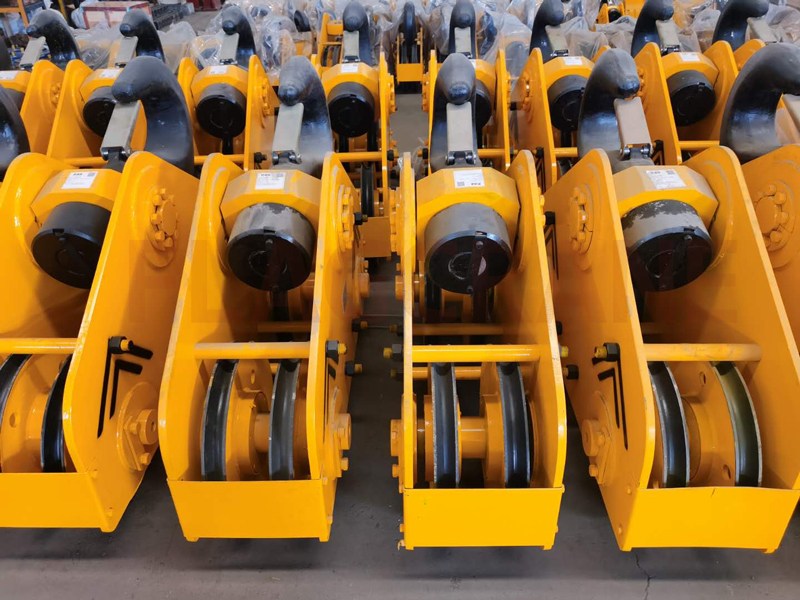0086-18695891045
Time : 2023-07-07
The lifting hook is a device use for lifting and hanging heavy objects. It widely use in fields such as construction, manufacturing, and transportation. Due to its importance, governments and industry organizations around the world have develop standards for hooks to ensure their safety and reliability.
* European Standards EN 1677: European standards require hooks to be made of heat-treat steel to prevent bending or splitting of the hook head. The hook should also consider parameters such as weight and load, and be design and test.
* American National Standard ANSI/ASME B30: This standard involves various aspects of lifting equipment. The lifting hook must comply with the design, performance, and testing requirements of this standard. which are consider as the basis for ensuring the safety and reliability of the hook.
* Australian Standards AS 1418: This standard covers various lifting equipment. The hook needs to meet the requirements of this standard in order to evaluate its load capacity.
* Chinese Standards GB/T 10051-2010: This standard applies to different types of lifting equipment. The manufacturing and testing of hooks should comply with this standard and comply with the requirements of national standards.
1. Material: The hook should be made of specially heat-treat steel to improve its strength and durability.
2. Design of hook head: The hook head should be reliable and firm to ensure that the hook will not bend or deform during the load process.
3. Symbol marking: There should be clear markings above the hook to indicate the maximum safe load weight of the hook, so that users can carefully consider when using the hook.
4. Mechanical Test: The lifting hook must be test on mechanical testing equipment to ensure its load capacity and stability of occupie space.
5. Inspection and maintenance: When using hooks, regular inspections and maintenance must be carry out to ensure the safety and reliability of the hooks.

When using lifting hooks. it is necessary to comply with national and regulatory standards, select suitable hooks base on their respective working environment. and inspect and maintain the hooks before use. Although there are differences in national standards. their basic requirements are similar: lifting hooks must be safe, reliable, and suitable for specific applications. Only by adhering to strict regulations can the hook ensure safe, reliable, and normal operation during the loading process.
Flagcrane have a professional technical team. which can design and produce standard and non-standard crane hoist and spare parts. If there are other special requirements. it can be customize according to user needs and negotiate by both parties.